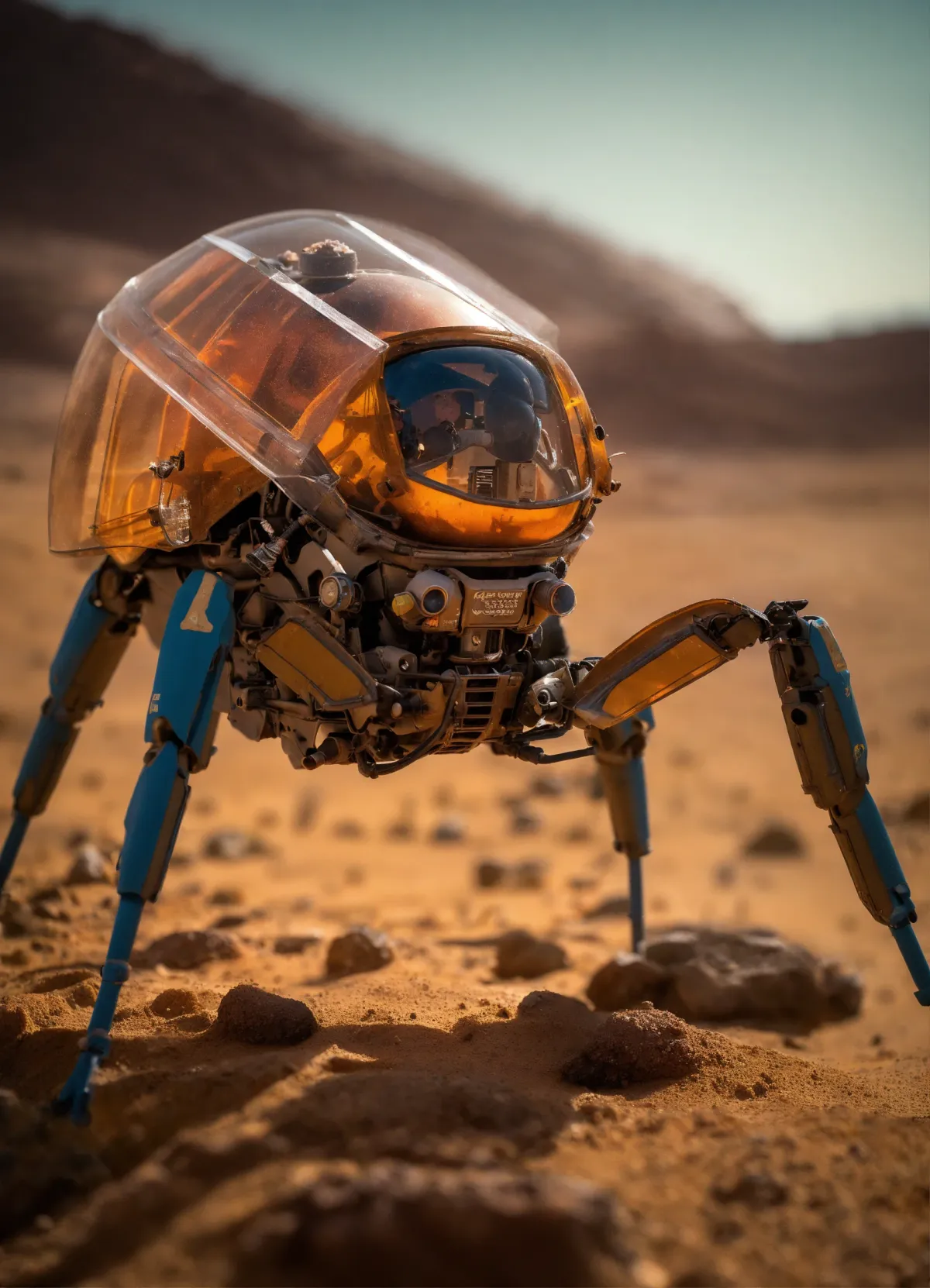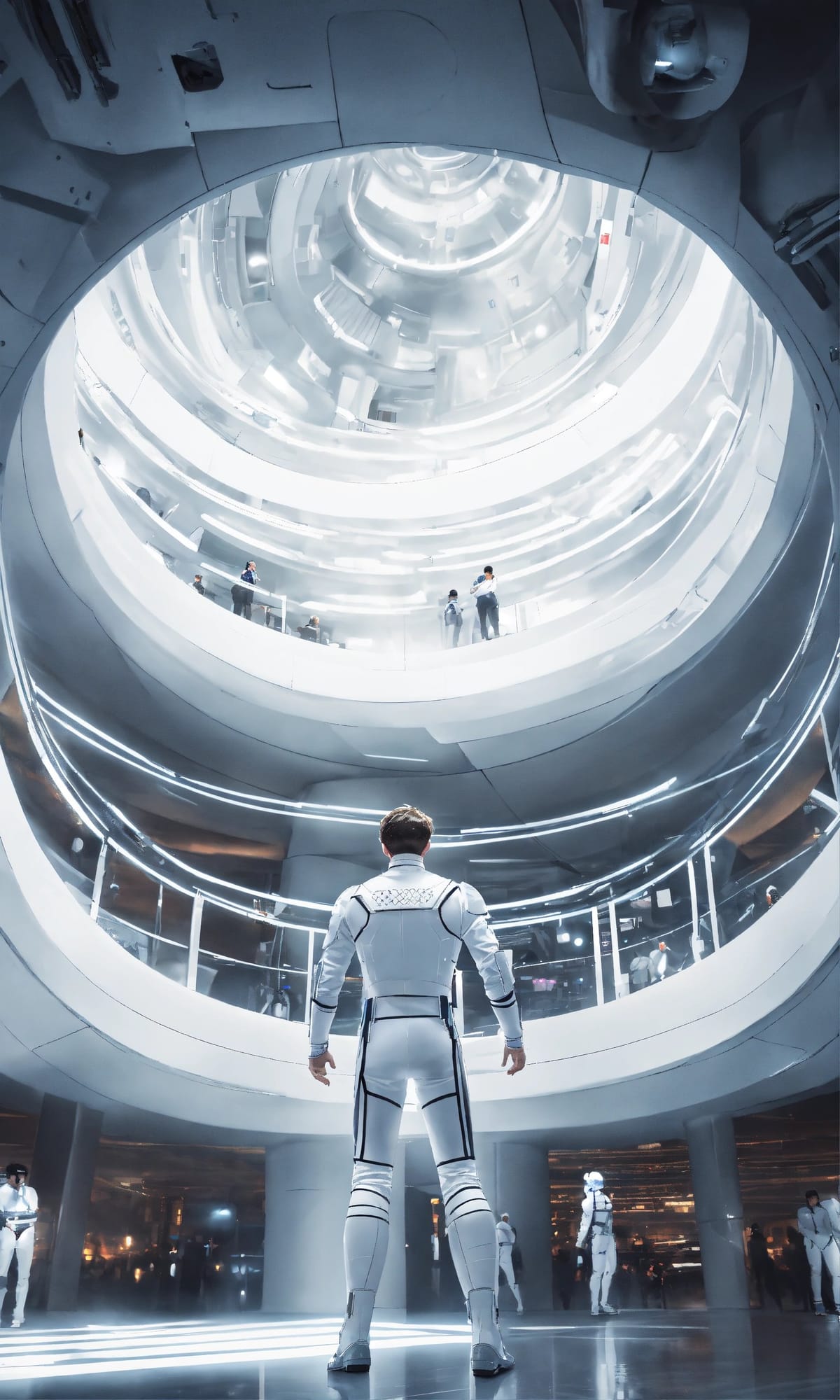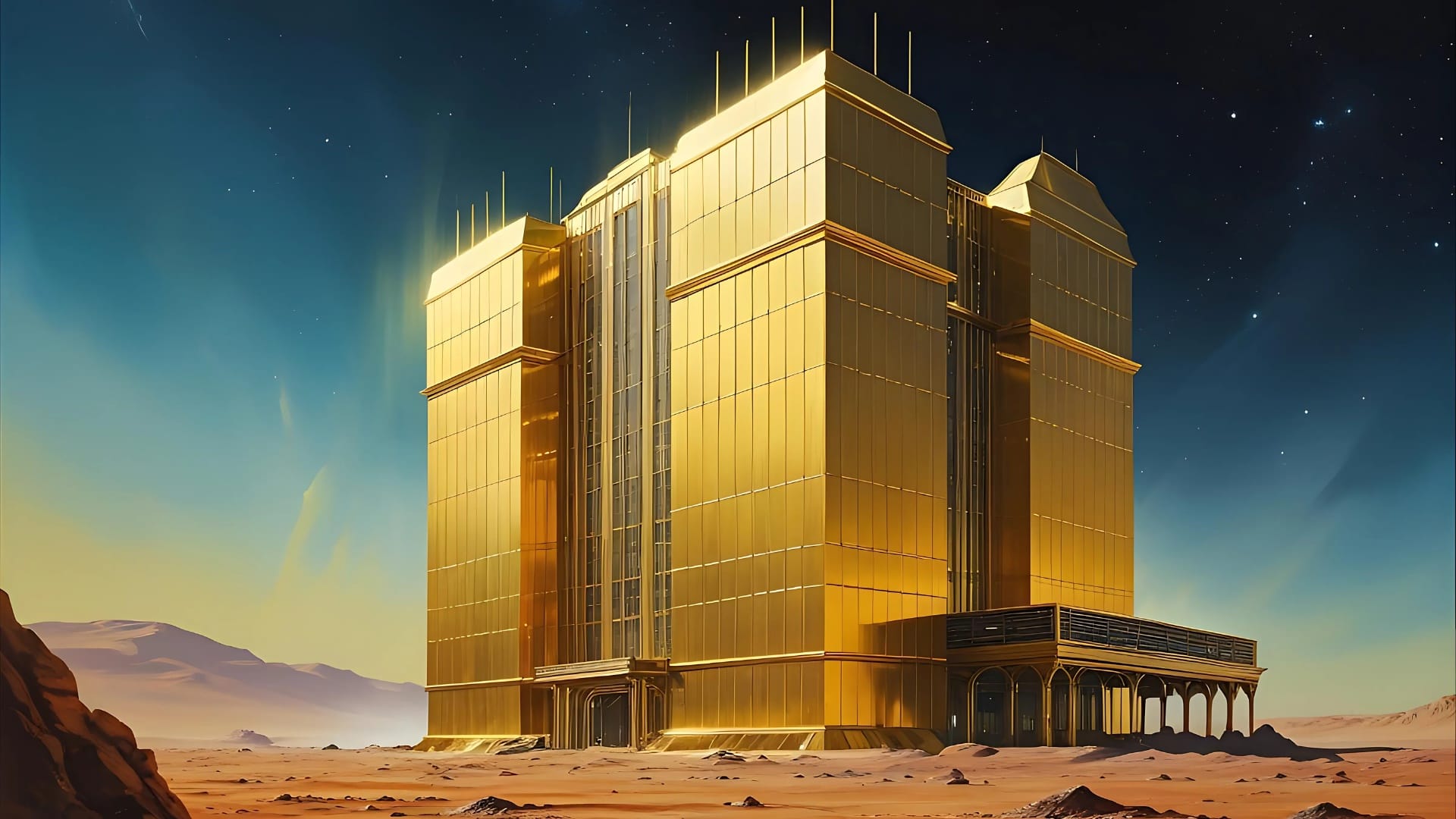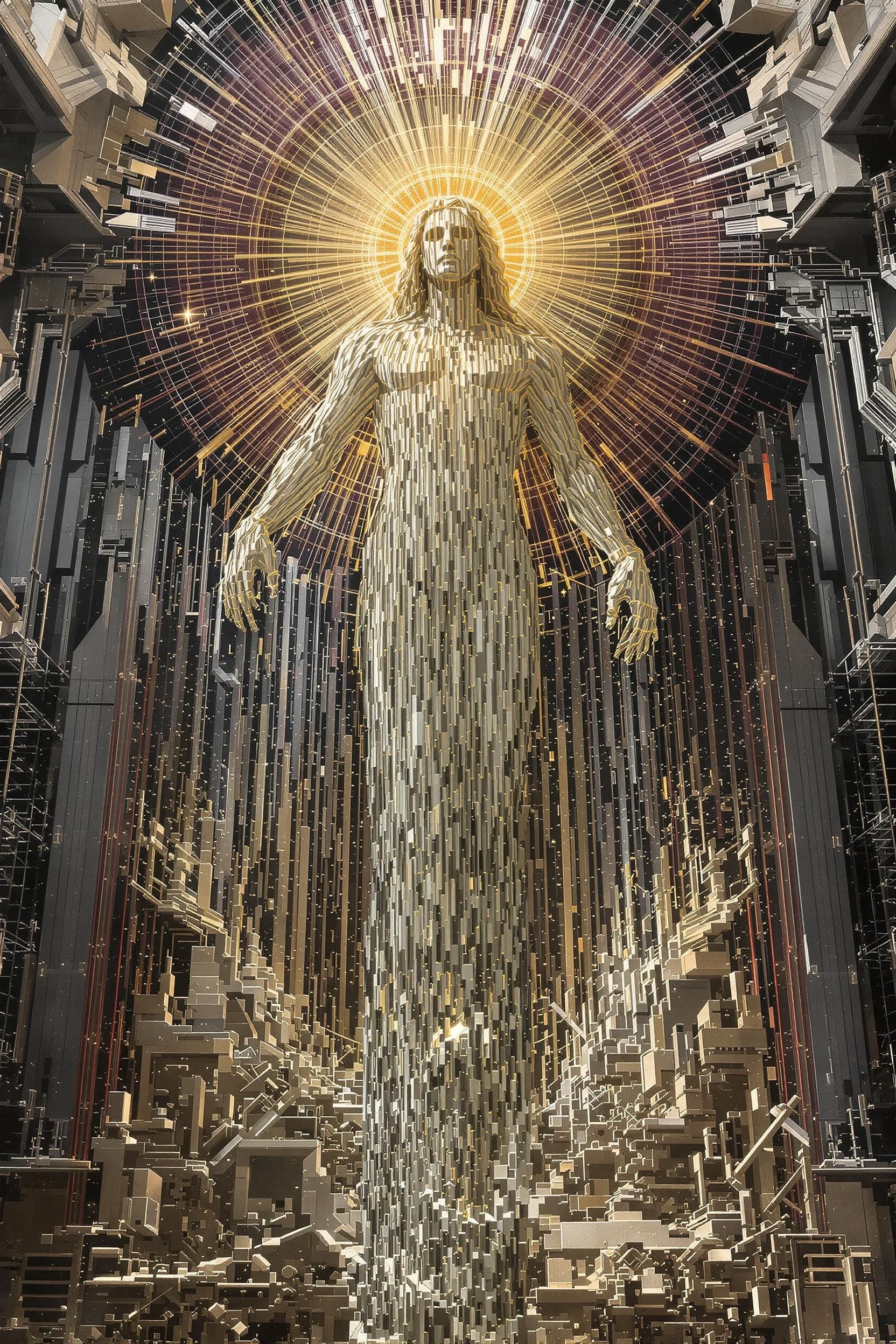Mice Robots on Mars: Welcome to the Year 2849
The deployment of Mice Robots on Mars is part of a larger mission to understand the planet's geology and potential for supporting life.











In the year 2849, humanity has achieved feats once considered the realm of science fiction. Among these astonishing advancements is the deployment of "Mice Robots" on Mars, an innovation that marks a significant leap in our exploration of the Red Planet.
These small, agile robotic explorers are revolutionizing the way we study Martian terrain, offering a glimpse into a future where technology and ingenuity redefine the boundaries of human potential.
The Concept of Mice Robots
Mice Robots, as the name suggests, are tiny, rodent-like machines designed for exploration and data collection. Unlike traditional rovers, which are often large and cumbersome, these robots are small, nimble, and capable of navigating challenging terrains with ease. Their design is inspired by the agility and dexterity of real mice, allowing them to access areas that were previously unreachable by larger machines.
Equipped with state-of-the-art sensors and cameras, Mice Robots can gather detailed information about Mars' surface, including soil composition, atmospheric conditions, and potential signs of life. Their compact size and lightweight design make them ideal for exploring caves, crevices, and other narrow spaces that traditional rovers cannot reach.
The Mission on Mars
The deployment of Mice Robots on Mars is part of a larger mission to understand the planet's geology and potential for supporting life. These robots are equipped with advanced AI systems that enable them to operate autonomously, making real-time decisions based on the data they collect. This autonomy is crucial for navigating the unpredictable and harsh Martian environment.
One of the primary goals of the Mice Robots is to explore the sub-surface of Mars. Scientists believe that underground environments may harbor evidence of past or present life, as well as valuable resources such as water ice. By burrowing into the ground and exploring subterranean spaces, Mice Robots can provide invaluable insights into these hidden realms.
The Technology Behind Mice Robots
The development of Mice Robots represents a fusion of cutting-edge robotics, artificial intelligence, and materials science. These robots are built with durable, lightweight materials that can withstand Mars' extreme conditions, including its low temperatures and high radiation levels.
Their locomotion system is inspired by the movement of real mice, featuring flexible limbs and tiny, sensitive whiskers that help them navigate complex terrains. The robots are also equipped with a variety of sensors, including infrared cameras, chemical analyzers, and ground-penetrating radar, allowing them to gather comprehensive data on their surroundings.
Challenges and Opportunities
While Mice Robots offer many advantages, their deployment on Mars is not without challenges. The planet's harsh environment poses significant risks, including dust storms, temperature fluctuations, and rough terrain. However, these challenges also present opportunities for testing and refining the robots' capabilities, paving the way for future missions that may include more advanced versions of these robotic explorers.
Moreover, the success of Mice Robots could have implications beyond Mars. Similar technology could be used for exploring other celestial bodies, such as the moons of Jupiter and Saturn, or even for conducting environmental monitoring on Earth.
The Future of Space Exploration
The introduction of Mice Robots on Mars is a testament to the ingenuity and determination of the human spirit. It represents a new chapter in space exploration, where innovative technologies enable us to explore further and learn more about our universe than ever before.
As we look to the future, the success of Mice Robots on Mars could inspire a new wave of robotic explorers, each designed to tackle specific challenges and expand our understanding of the cosmos. Whether searching for signs of life, uncovering the mysteries of planetary geology, or preparing for human settlement, these tiny robots are poised to play a big role in the future of space exploration.
Conclusion
In the year 2849, the sight of Mice Robots scurrying across the Martian landscape symbolizes humanity's relentless pursuit of knowledge and exploration. These small but mighty machines are not just tools; they are pioneers, opening doors to new discoveries and possibilities.
As we continue to push the boundaries of what is possible, Mice Robots remind us that even the smallest innovations can have a profound impact on our journey to the stars.
Connect with Digital Marketing Legend - the Human AI "Srinidhi Ranganathan" on LinkedIn:


Check out these amazing content from Bookspotz and New Bots:






























